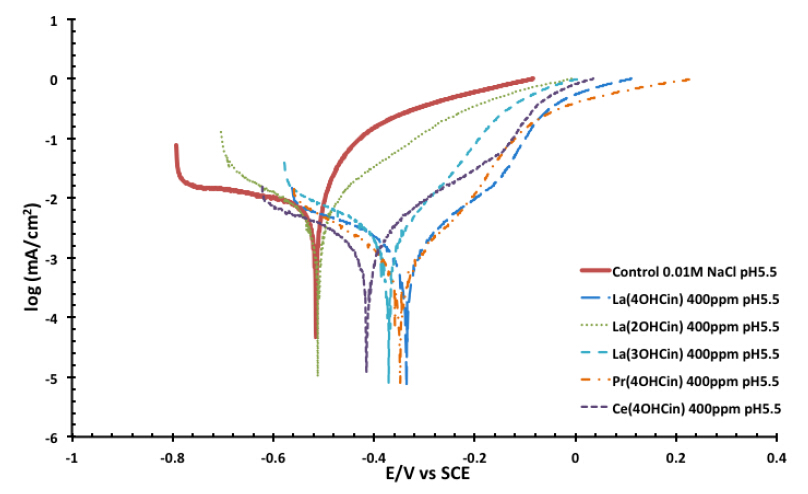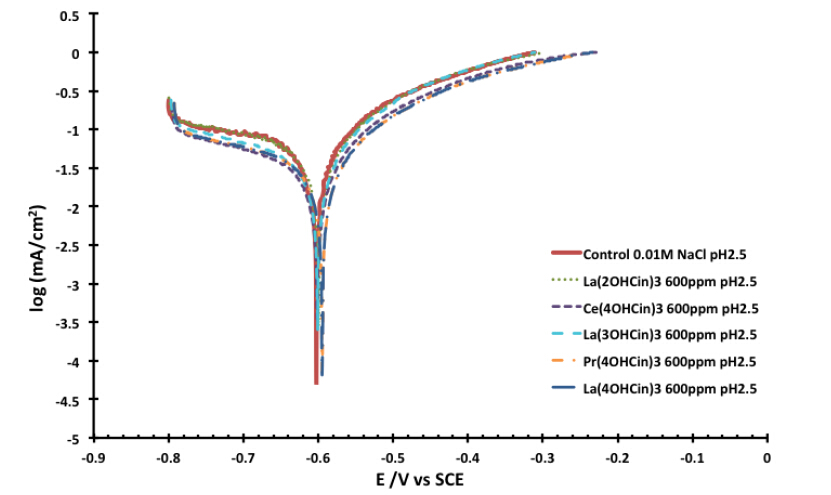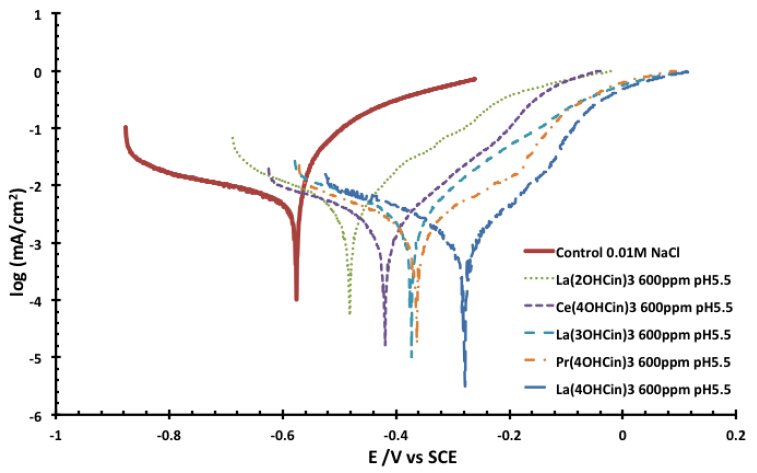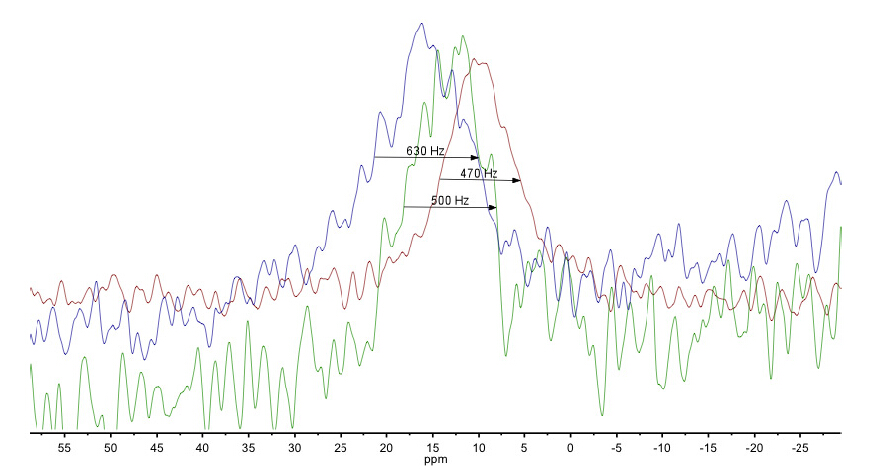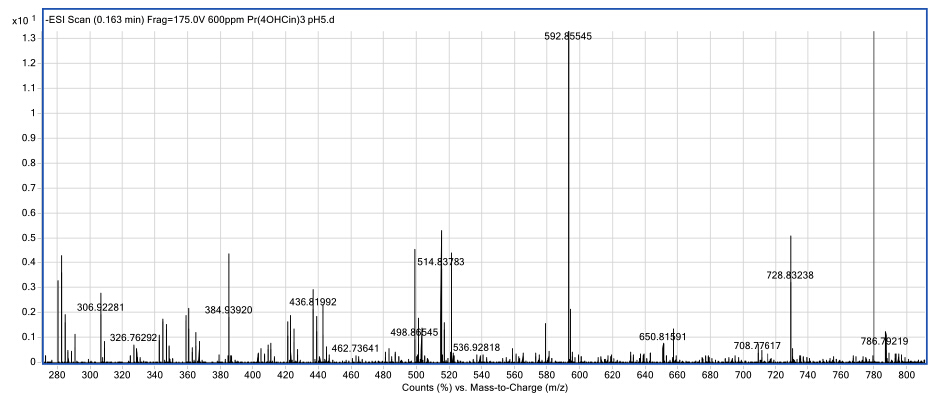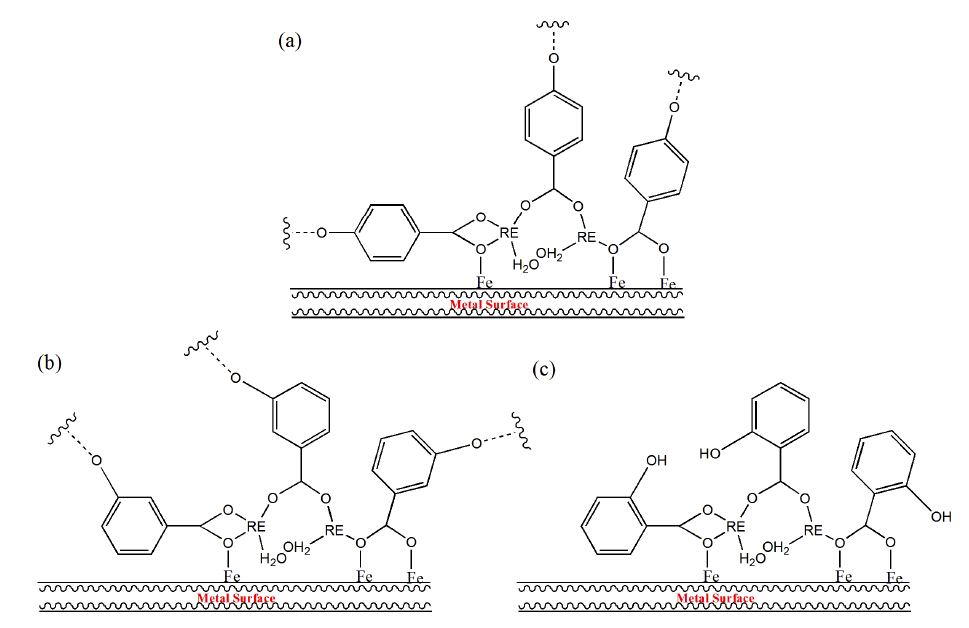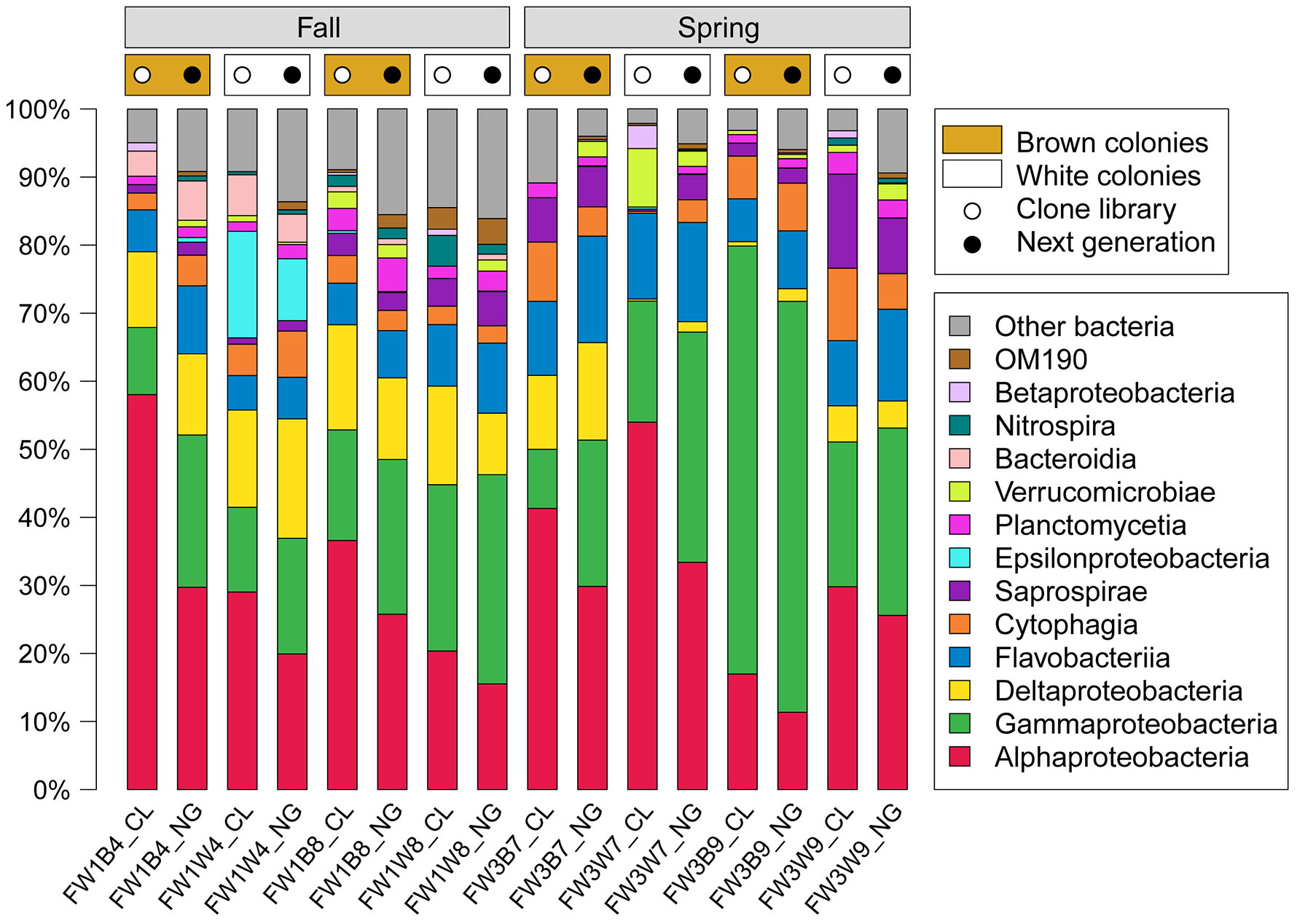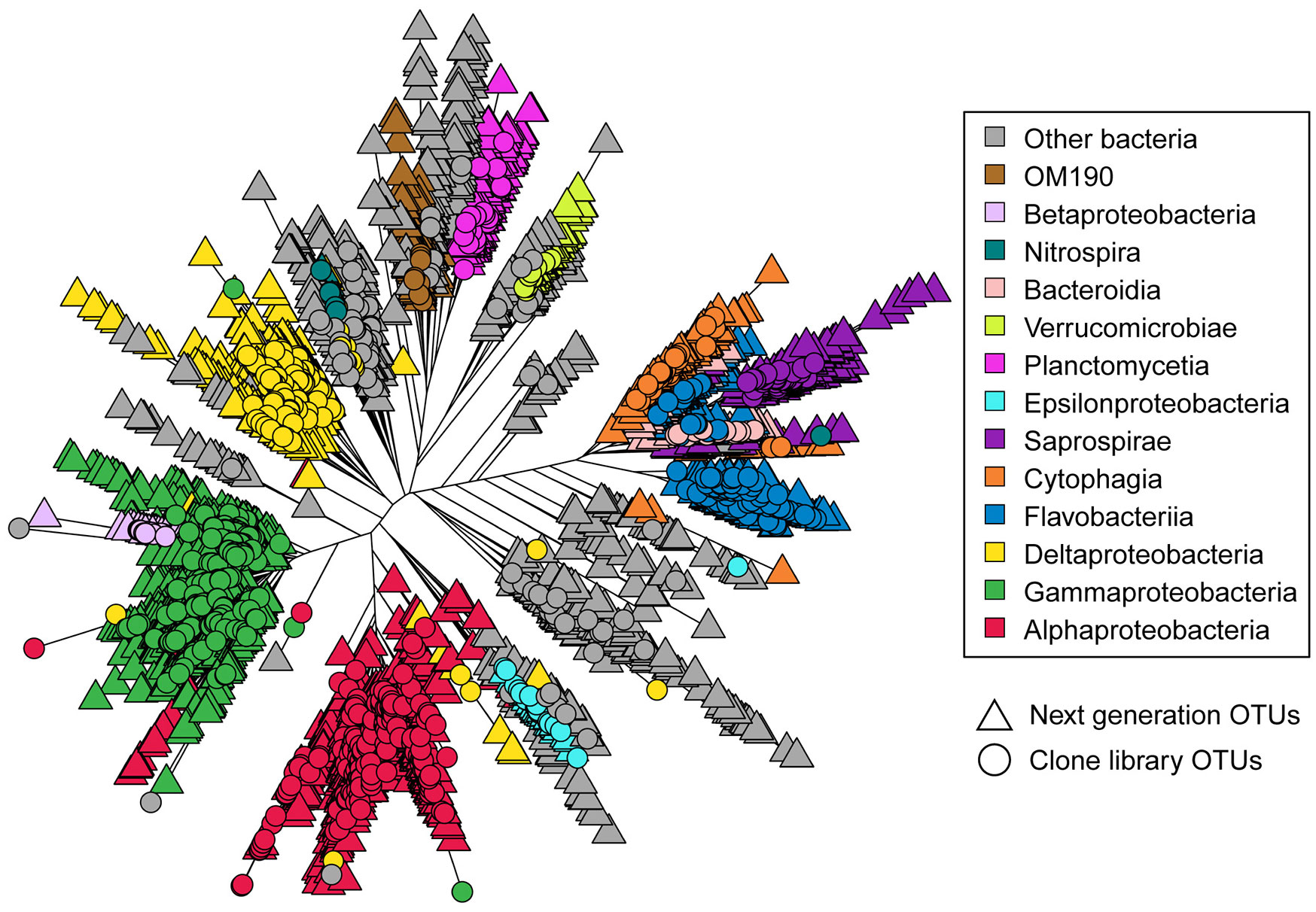1. Introduction
In order to ameliorate the deterioration of metal substrates from the effects of harsh
environments, environmentally friendly inhibitors are an ideal alternative to the carcinogenic and toxic chromates [1,2,3,4]. Such inhibitors are able to reinforce the metal oxide film or alternatively deposit complexes onto the metal substrate [4,5,6]. There is an increased demand for more
environmentally friendly and cost effective protection against corrosion; such alternatives include
inorganic compounds, e.g. nitrates, molybdates, and rare earths, and organic compounds such as
carboxylates, phosphonates, phosphates and sulphonates [7,8,9]. Over the past decade Forsyth and
co-workers have developed a range of rare earth organic compounds that show promise as
environmentally friendly corrosion inhibitors for steel substrates, in particular lanthanum
4-hydroxycinnamate [ 10,11,12,13,14,15,16 ].
Recently, lanthanum 4-hydroxycinnamate in solution has shown remarkable corrosion inhibition
properties with mild steel substrates [15]. This compound performs better as an inhibitor of steel at
higher concentrations and under alkaline conditions. Under acidic pH conditions dissociation of the
lanthanum 4-hydroxycinnamate, (La(4OHCin)3, occurs where the predominant species are
lanthanum chloride [LaCl4]- and 4-hydroxylcinnamic acid as separate entities in solution. This leads
to a rather low mixed inhibition effect compared with the strong anodic inhibition observed at higher
pH values when the complex [LaL4]- is present [15]. The observation that slight cathodic inhibition
was more evident under acidic conditions (except for high concentrations, i.e 1000 ppm where the
inhibition was via both anodic and cathodic processes), and that this correlated with an excess of the
LaCl4- species, strongly suggests that the speciation of La(4OHCin)3 is critical to the anodic nature
and high efficiency of the inhibition and confirms the synergy of the organic and REM components
previously suggested by Forsyth et al. [17].
It was certainly interesting to discover that this inhibitor might be capable of functioning well
over a wide pH range, and that the inhibition mechanism could also vary over that range.
The study of the speciation for La(4OHCin)3 and its influence on the corrosion inhibition
efficiency for steel substrates over a wide range of environmental conditions has provided an in
depth perception of the working mechanism of the inhibitor. The aim of this current work was to
investigate the influence of the position of substitution of the aromatic ring of the organic component
of the inhibitor, and the influence of the rare earth metal coordinated by the cinnamate ion. This
included analysis of lanthanum 2-hydroxycinnamate (La(2OHCin) 3), lanthanum 3-hydroxycinnamate
(La (3OHCin) 3), praseodymium 4-hydroxycinnamate (Pr(4OHCin)3) and cerium 4-hydroxycinnamate
(Ce(4OHCin)3). These studies could lead to more clever choices of inhibitor combinations, and a
better understanding of the influence of chemical structure and bonding which could allow design of
improved inhibition properties for this type of inhibitor compound.
2. Materials and Method
2.1. Chemicals and Materials
The x-hydroxy cinnamic acid, where x is 2, 3 and 4, and the lanthanum, praseodymium, and
cerium chlorides were purchased from Sigma Aldrich. The rare earth 4-hydroxycinnamates were
prepared according to already published methodology [18] while the La(2OHCin) 3 and La (3OHCin) 3
were prepared by similar metathesis synthesis between the corresponding sodium salts and lanthanum
chloride, refer to Electronic Supplementary Information (ESI) for experimental details, including the
powder X-ray diffraction pattern for La (3OHCin) 3. All test solutions were prepared using reagent
grade sodium chloride (Chem Supply), sodium hydroxide (Merck) and hydrochloric acid (Merck) solutions. The use of deionised water for the preparation of all solutions was adopted. The working
electrodes used for the potentiodynamic polarisation experiments were machined from a cylindrical
mild steel rod, Australian standard AS1020, to a 1.0 cm diameter (0.78 cm2). These electrodes were
coated with an epoxy resin and attached to a teflon holder. The steel coupons used for the constant
immersion corrosion tests were prepared also from a 2.0 cm diameter mild steel rod, AS1020, to a
thickness of 0.3 cm.
2.2. Electrode and Coupon Preparation
The working electrodes for use in the potentiodynamic polarisation studies and the corrosion test
coupons were abraded with silicon carbide paper to a P4000 grit finish from P320 grit. They were
washed with tap water followed by DI water, and dried using nitrogen gas. Potentiodynamic
polarisation and corrosion tests were carried out immediately after specimen preparation, which aided
reproducibility.
The test solutions were prepared by dissolving the appropriate weights of each rare earth
x-hydroxy cinnamate in 1 L to make concentrations of 400 and 600 ppm in 0.01 M sodium chloride
solution. The pH of the solutions was adjusted using 0.01 M hydrochloric acid solution to achieve pH
2.5. The unadjusted pH of the prepared solution was pH 5.5. The solutions were exposed to a
temperature-controlled laboratory atmosphere at approximately 22 °C.
2.3. Potentiodynamic Polarisation
Using potentiodynamic polarization experiments it is possible to determine the inhibitive nature
of the rare earth cinnamates at different concentrations and solution pH in an open-to-air environment.
All polarisation experiments were carried out open-to-air using 100 mL of inhibitor solution in a
standard three-electrode system consisting of a saturated calomel reference electrode, a titanium mesh
counter electrode, and the working electrode. The cell assembly was located in a Faraday cage to
prevent electrical interference. The exposed area of the working electrode was 0.78 cm2. After
immersion the open circuit potential (OCP) was monitored for 12 hours, and then the potentiodynamic
polarisation experiment was carried out at a scanning rate of 0.1667 mV s-1. The scans started at 200
mV more negative than Ecorr and continued through Ecorr for a range of 1.0 V in the positive direction.
Polarisation curves were replicated in triplicate to assess reproducibility. All electrochemical
measurements were conducted using a Biologic VMP multichannel potentiostat with EC-Lab v 10.32
software used for analysis. The current density (icorr) values were calculated using Tafel extrapolation
methods. Where anodic and cathodic curves were near linear and symmetrical within +/− 50 mV from
Ecorr, both Tafel slopes were extrapolated until the lines intersected at Ecorr. Where polarisation
occurred for the cathodic reaction under acidic conditions, the slope for the cathodic region was
extrapolated until it intersected the Ecorr value.
2.4. Nuclear Magnetic Resonance Spectroscopy (NMR)
A Jeol 270 MHz spectrometer was used to collect 139La (38.2 MHz) NMR spectra. A double pulse
spin echo experiment was used with a 180° pulse duration of 26.4 μs followed by a 90° pulse duration
of 13.2 μs. Spectra were collected using 4096 transients, a 0.36 s acquisition time, and a 0.30 s relaxation delay. Each spectrum had the subsequent processing parameters applied using MestReNova
7.0.3: smoothing via Whittaker Smoother method, phase correction, and baseline correction. Peak
widths at half height were measured. All NMR spectra are reported as their corresponding chemical
shifts δ. A solution of 0.01 M lanthanum chloride inD2O was used as an external standard to reference
the 139La chemical shifts.
NMR experiments were run at room temperature in 10 mm NMR tubes for the 400 ppm
lanthanum x-hydroxycinnamate solutions at pH 5.5.
2.5. Electrospray Mass Spectroscopy (ESMS)
An Agilent Technologies LC/MSD TOF with acetonitrile as the mobile phase with a flow rate of
25 μL min-1 was used to collect mass spectrometry data. All inhibitor solutions were directly injected
into the spectrometer, with nitrogen gas used for nebulisation. Data were collected using Agilent
MassHunter Workstation Data Acquisition software and analysed using Agilent MassHunter
Qualitative Analysis software.
3. Results and Discussion
3.1. Anodic polarisation of steel in inhibitor solutions
Typical potentiodynamic polarisation curves for the inhibitors at 400 ppm and 600 ppm at pH
2.5 and 5.5 revealed that they all suppressed the anodic reaction to some degree (Figures 1-4). At
these concentrations for pH 2.5, only a slight shift of Ecorr was observed toward more noble
potentials, except for La(2OHCin) 3 which showed a slight cathodic shift in the potential. This is most
likely due to the dissociation of the inhibitor into its rare earth chloride and cinnamate ions, a similar
trend was seen in previous work for La(4OHCin)3 at pH 2.5 [15]. According to Table 1 and 3, Ecorr
and icorr values calculated from the potentiodynamic polarisation curves for the inhibitors at
concentrations of 400 and 600 ppm and pH 2.5 show that La(4OHCin)3 was by far the best inhibitor
under these conditions with icorr being reduced compared to control solution values ( Figure 1 ).
Interestingly, the Pr(4OHCin)3 and La (3OHCin) 3 showed comparable behaviour, to the results for the
La(4OHCin)3. In contrast however, the Ecorr and icorr values calculated for the La(2OHCin) 3 and
Ce(4OHCin)3 are very poor, being almost the same as for the control solution values.
Table 1. Corrosion potential, Ecorr, and corrosion current, Icorr, extracted from PP
measurements (Tafel extrapolation) for at solution of 400 ppm RE Cinnamates at
pH 2.5.
| | Icorr (μA/cm2) | | | |
| Solution | 1 | 2 | 3 | Av. Icorr | Ecorr |
| 0.01M NaCl | 8.8 | 7.9 | 8.8 | 8.5 | -603 |
| La(2OHCin) 3 | 11.2 | 11.5 | - | 11.4 | -614 |
| Ce(4OHCin)3 | 9.0 | 9.3 | 9.1 | 9.2 | -601 |
| La (3OHCin) 3 | 5.2 | 5.7 | 4.9 | 5.3 | -601 |
| Pr(4OHCin)3 | 9.2 | 8.8 | 8.9 | 9.0 | -601 |
| La(4OHCin)3 | 4.5 | 4.3 | - | 4.4 | -599 |
Table 2. Corrosion potential, Ecorr, and corrosion current, Icorr, extracted from PP measurements (Tafel extrapolation) for at solution of 400 ppmRE Cinnamates at pH 5.5.
| | Icorr (μA/cm2) | | | |
| Solution | 1 | 2 | 3 | Av. Icorr | Ecorr |
| 0.01M NaCl | 2.1 | 2.1 | - | 2.1 | -515 |
| La(2OHCin) 3 | 2.3 | 2.3 | 2.1 | 2.2 | -512 |
| Ce(4OHCin)3 | 1.9 | 1.9 | 1.8 | 1.9 | -415 |
| La (3OHCin) 3 | 0.6 | 0.6 | 0.6 | 0.6 | -371 |
| Pr(4OHCin)3 | 0.4 | 0.4 | 0.4 | 0.4 | -348 |
| La(4OHCin)3 | 0.3 | 0.3 | - | 0.3 | -336 |
Table 3. Corrosion potential, Ecorr, and corrosion current, Icorr, extracted from PP measurements (Tafel extrapolation) for at solution of 600 ppmRE Cinnamates at pH 2.5.
| | Icorr (μA/cm2) | | | |
| Solution | 1 | 2 | 3 | Av. Icorr | Ecorr |
| 0.01M NaCl | 8.8 | 7.9 | 8.8 | 8.5 | -603 |
| La(2OHCin) 3 | 10.7 | 10.9 | - | 10.8 | -603 |
| Ce(4OHCin)3 | 9.9 | 10.2 | 9.9 | 10.0 | -601 |
| La (3OHCin) 3 | 5.5 | 5.9 | 5.2 | 5.6 | -601 |
| Pr(4OHCin)3 | 4.1 | 4.1 | - | 4.1 | -594 | |
| La(4OHCin)3 | 1.8 | 2.1 | 2.1 | 2.0 | -595 | |
Increasing the pH of the inhibitor solution to pH 5.5 gave a much clearer indication of the trend
seen from the potentiodynamic polarisation curves found at pH 2.5, suggesting that the Pr(4OHCin)3
and La (3OHCin) 3 were almost as efficient as the La(4OHCin)3 (Figure 2 and 4). This is supported by
the Tafel extrapolation data collected at both concentrations, as presented in Table 2 and 4.
Table 4. Corrosion potential, Ecorr, and corrosion current, Icorr, extracted from PP measurements (Tafel extrapolation) for at solution of 600 ppmRE Cinnamates at pH 5.5.
| | | Icorr (μA/cm2) | | | |
| Solution | 1 | 2 | 3 | Av. Icorr | Ecorr |
| 0.01M NaCl | 2.1 | 2.1 | - | 2.1 | -515 |
| La(2OHCin) 3 | 1.3 | 1.3 | 1.3 | 1.3 | -481 |
| Ce(4OHCin)3 | 0.5 | 0.4 | - | 0.5 | -419 |
| La (3OHCin) 3 | 0.4 | 0.4 | 0.4 | 0.4 | -372 |
| Pr(4OHCin)3 | 0.3 | 0.3 | 0.3 | 0.2 | -363 |
| La(4OHCin)3 | 0.7 | 0.6 | 0.6 | 0.6 | -278 |
3.2. Characterisation of species in inhibitor solutions
Previous work has shown that the use of NMR spectroscopy in combination with electrospray
mass spectrometry gives valuable information about the species present in solution in a given
environment [15].
NMR is a powerful chemical characterisation tool and has been used to evaluate the change in
solution speciation of the La(4OHCin)3 under various pH and concentration conditions [15].
However, NMR spectroscopy has limitations in that it can only analyse NMR active nuclei, therefore
in this case only the lanthanum species can be evaluated as the cerium and praseodymium nuclei are
not active [19]. A spectrum of lanthanum chloride inD2O was used as a reference where the signal
resonates at δ 4.89 ppm. From Figure 5 it can be seen that there was a clear shift to higher resonances
as the position of the hydroxyl group was changed from 4-hydroxy- to 3-hydroxy- and then the
2-hydroxycinnamate respectively.
Previous work has shown that an increase in concentration of the La(4OHCin)3 at any given pH
results in a shift to higher frequencies and increases the broadness of the peak [15]. It was concluded
from the speciation study of the La(4OHCin)3 that a shift to higher frequencies and increasing
broadness were an indication of the presence of a number of different species in solution, and that the
exchange between the species could lead to short relaxation times (T2) and lifetime
broadening [20,21].
Table 5 presents the observed shifts found for each solution of lanthanum 2, 3, and 4-hydroxy
cinnamate at a concentration of 400 ppm in a solution of pH 5.5 in 0.01 M NaCl. These data clearly
indicate that, the resonance shifts to higher frequencies and the peak width at half height increased in
going from La(4OHCin)
3 to La(2OHCin)
3. The shift in NMR frequency signifies a change in the
lanthanum environment possibly brought about by differences in the coordination. The changing
width could indicate an increasing number of species and possible exchange between these. Being a
quadrupolar nucleus, the width could also indicate an increasingly asymmetric environment. This speciation behaviour was further investigated using ESMS as discussed below.
Table 5. NMR shifts and ½ widths corresponding to each rare earth cinnamate.
| TestSolution | NMRShift (ppm) | ½Width (Hz) |
| LaCl3Reference in D2O | 4.9 | 179 |
| La(2OHCin) 3 | 16.4 | 630 |
| La (3OHCin) 3 | 12.5 | 500 |
| La(4OHCin)3 | 9.8 | 470 |
ESMS measures the mass-to-charge ratio of charged particles. It has been a valuable analytical
technique to determine the mass of particles and the elemental composition of a sample in our
previous work [15]. The behaviour of the chemical equilibrium will change when there are changes
to the reaction conditions, for example a change in the concentration, and therefore a change in the
mass-to-charge ratio of the charged species is expected to be observed. Table 6 presents a summary
of the rare earth complex species that are expected in the solutions investigated here. Each species
containing rare earth metal and/or chloride ions will appear with a particular isotope pattern, these
clusters found in the mass spectra, in ESI Figures S1−S5, have been supported by simulated mass
spectra and can be found in ESI Figure S6 to S14. Additionally, all reported peaks are the main peak
of the associated cluster.
ESI Figures S1 to S5 show, the electrospray mass spectrum obtained for 600 ppm
La (xOH-Cin) 3 and RE (4OHCin) 3 (RE = Ce, Pr) at pH 5.5. This data demonstrates the change in the
mass-to-charge ratio of the species present according to the expected species in Table 6, and also
shows that not all inhibitors have the same species present under the given conditions.
Table 6. Species expected in the electrospray mass spectrometry analysis.
| Mass | Species | Mass | Species | Mass | Species |
| 281 | [LaCl4]- | 282 | [CeCl4]- | 283 | [PrCl4]- |
| 407 | [LaLCl3]- | 408 | [CeLCl3]- | 409 | [PrLCl3]- |
| 535 | [LaL2Cl2]- | 536 | [CeL2Cl2]- | 537 | [PrL2Cl2]- |
| 663 | [LaL3Cl]- | 664 | [CeL3Cl]- | 665 | [PrL3Cl]- |
| 791 | [LaL4]- | 792 | [CeL4]- | 793 | [PrL4]- |
Previous work published for the speciation work on La(4OHCin)3 suggested the presence of
species as listed in Table 6 (given the mass-to-charge ratios) in varying amounts depends on
environmental conditions. An equilibrium between these species was postulated as shown in
Equation (1). It was found that the concentration and pH condition was linked to the species present
in solution (also supported by NMR spectroscopy). The highest inhibition efficiency observed from
potentiodynamic polarisation correlated with the speciation tending towards the right of this
equilibrium. This suggests that when species such as [LaL3Cl]- and [LaL4]- (L = xOHCin) were
present, the observed inhibition was greater than when they were absent.

This mechanism was supported in previous work using Attenuated Total Reflectance Fourier
Transform Infrared (ATR-FTIR) vibrational spectroscopy [16,17]. This technique proved to be a
valuable tool in developing an understanding of the nature of the species on the inhibited surface [22],
allowing the examination of the inhibiting complexes attached to the surface without the need to
remove the film.
Based on the schematic protective film shown in Figure 7, the orientations of the hydroxyl
group are important for further interactions beyond the initial layer of bimetallic complex. As
described in previous reports, the terminal hydroxyl group from the 4-hydroxycinnamate ligand (Fig
7a) is capable of intermolecular interactions (through hydrogen bonding) to nearby molecules of the
inhibitor. These effectively increase the thickness of the protective film and result in the precipitation
of the rare earth metal hydroxide and iron oxides/hydroxides onto the surface due to local changes in
the pH. With this ongoing process, it would be reasonable to suggest that the protective film could
ultimately lead to a more uniform surface coverage [23].
The present work has focussed on understanding the influence of the rare earth metal cations
and the hydroxycinnamate structure on the corrosion inhibition properties for the rare earth
cinnamate compounds. Consistent with previous work, the La(4OHCin)3 performed best with
Pr(4OHCin)3 and La (3OHCin) 3 showing near comparable inhibition efficiencies using
potentiodynamic polarisation measurements. On the other hand, the Ce(4OHCin)3 showed poorer
inhibition properties correlating with the markedly different species observed in the mass spectrum.
We hypothesise that this is related in some way to increased solubility and the two accessible
oxidation states for cerium. Furthermore, the availability of the phenol group of the rare earth
hydroxycinnamates for intermolecular interactions appears to be imperative for good corrosion
inhibition as demonstrated by the poorer performance of La(2OHCin) 3 with the phenol group
shielded by the phenyl-ring.
We thank the ARC Centre of Excellence for Electromaterials and the SRC for Green Chemistry
for funding resources in this study. We also gratefully acknowledge the invaluable discussions with
Dr. Craig Forsyth.
All authors declare no conflicts of interest in this paper.









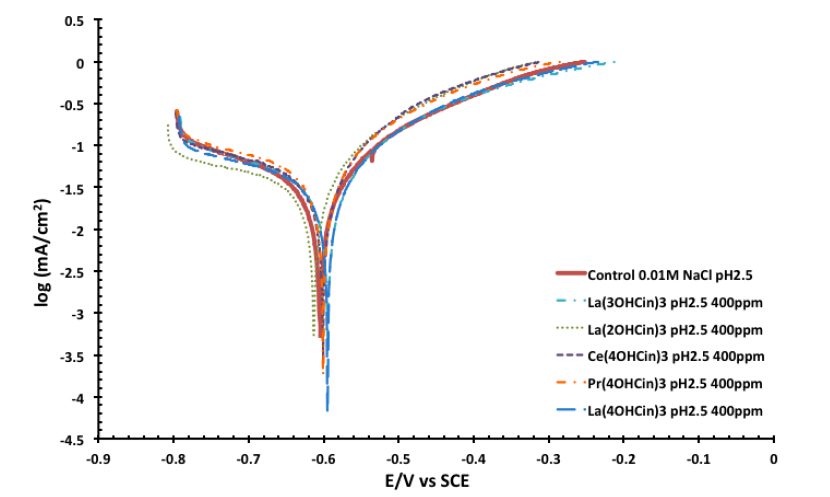
 DownLoad:
DownLoad: 